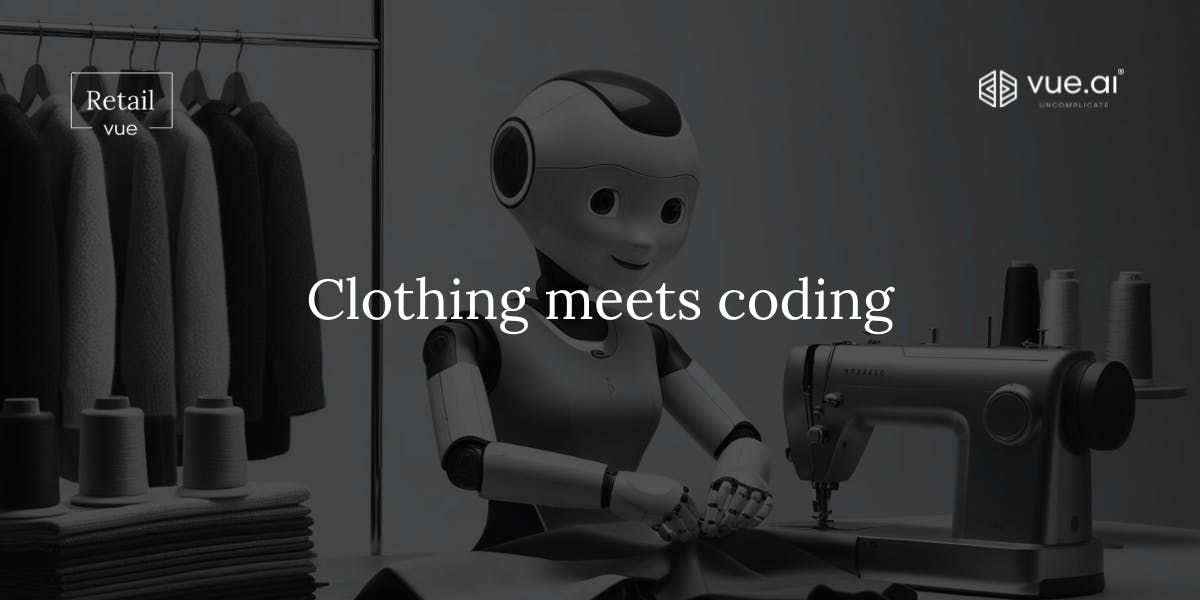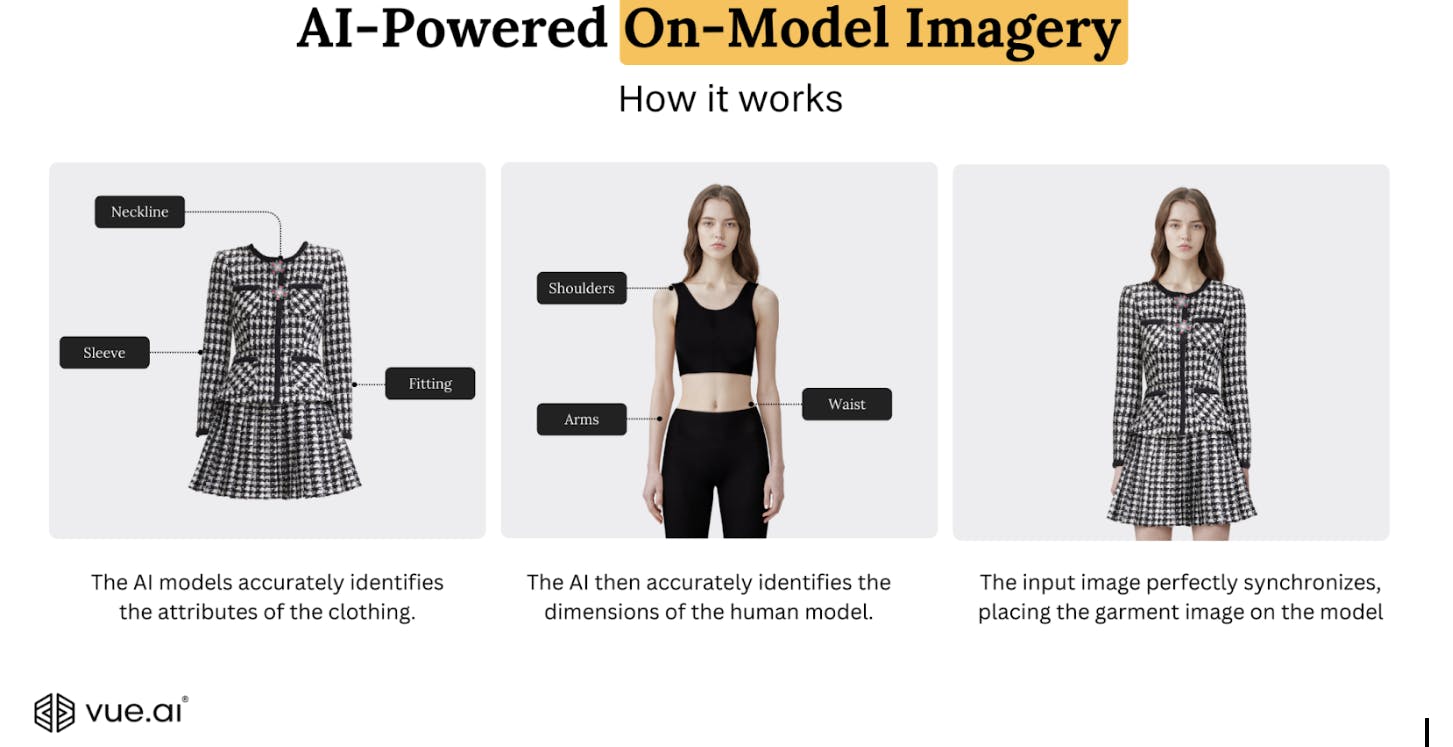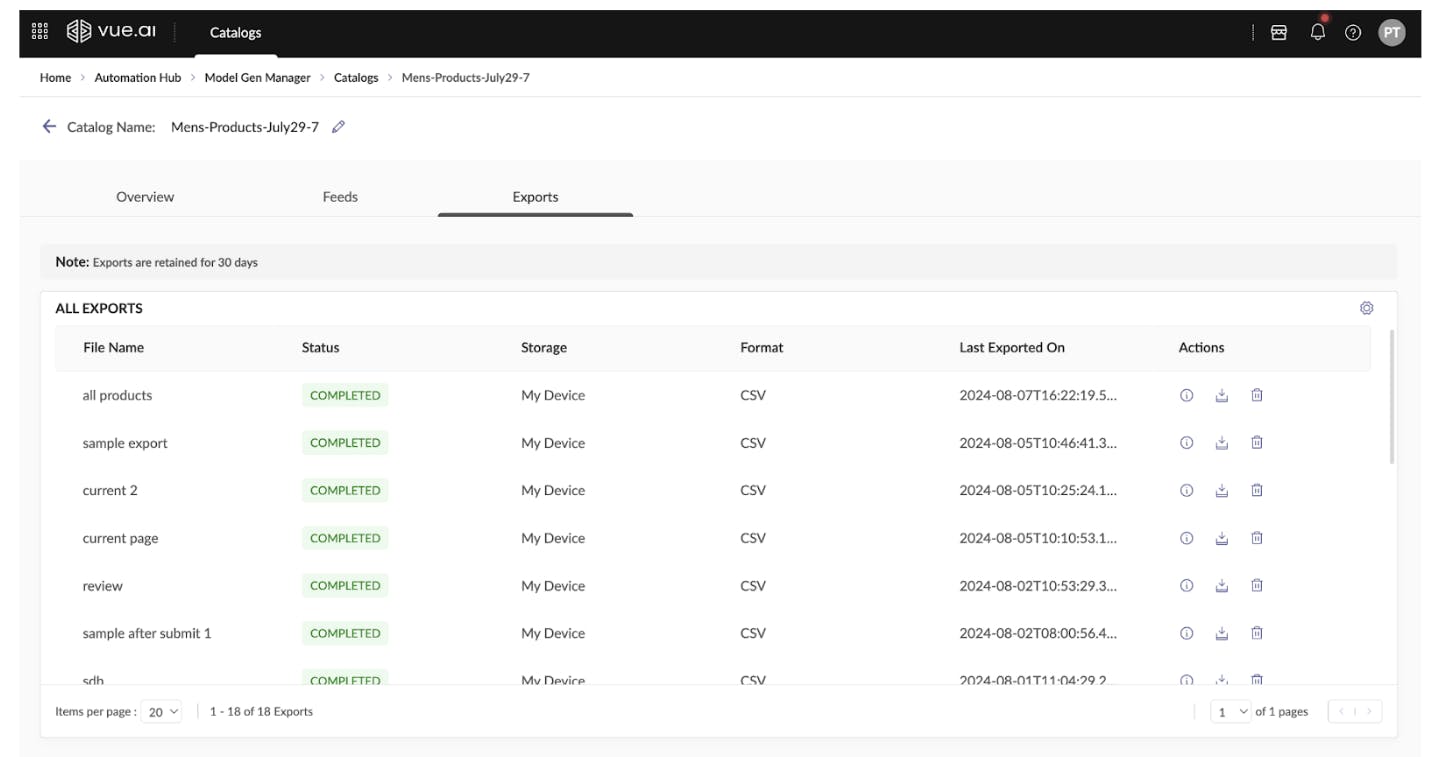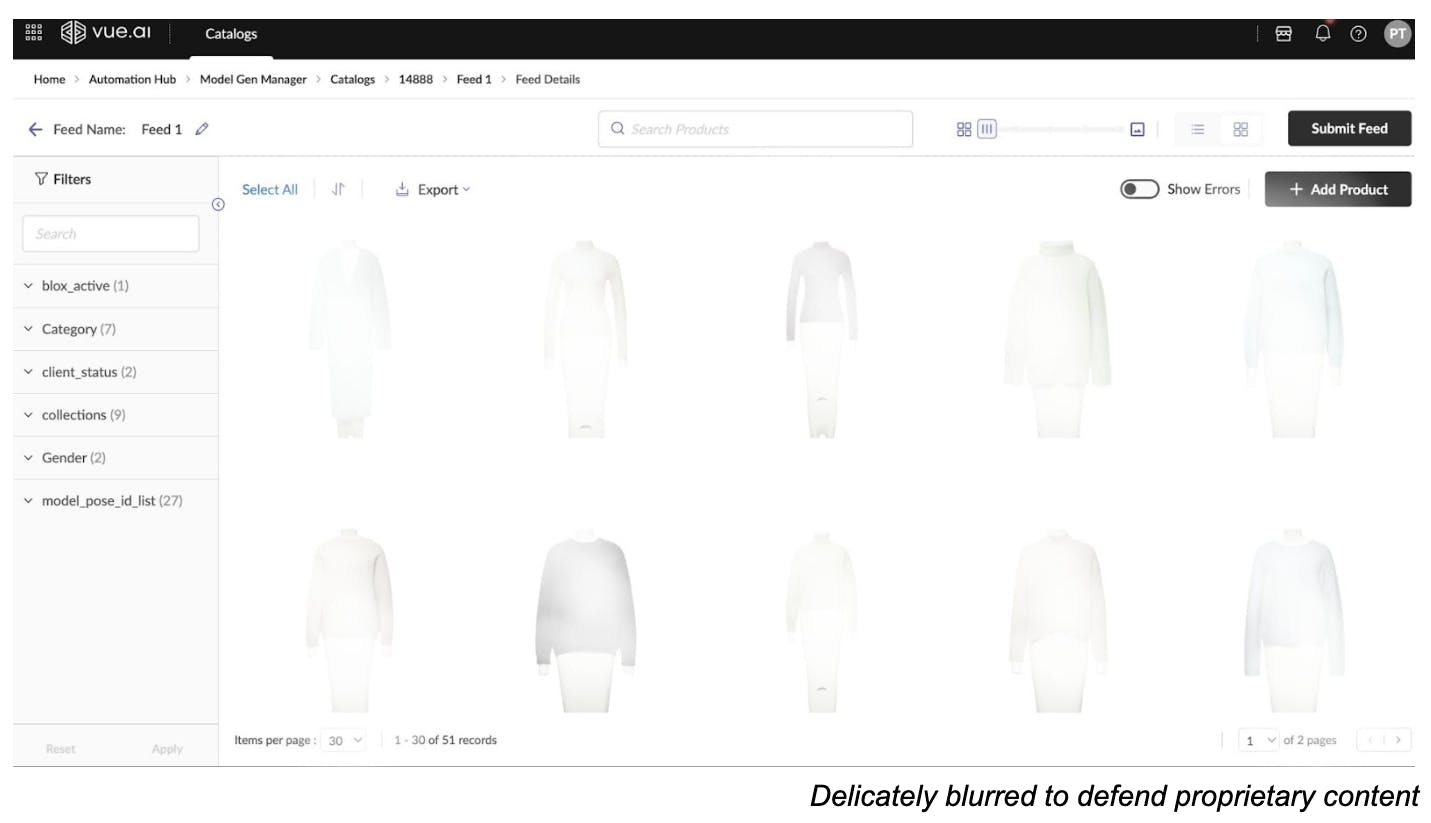Home > Resources > Newsletters > Retail Vue
24th October 2024
On-model imagery that’s on the money
As all-in-one AI orchestration platforms streamline the entire product lifecycle—from tagging and personalization to generating on-model imagery—the bigger question is: How will this technology shape consumer expectations moving forward?

Visuals matter, more so in fashion eCommerce. More than just a flat product image, consumers demand immersive experiences that show how products look, feel, and even fit in their daily lives. Delivering high-quality, on-model imagery required costly photoshoots (hiring models, arranging professional lighting, spending hours in photo studios and repeating this every season), making it accessible only to major brands, until AI democratized the way products were presented online. Creating stunning, realistic on-model imagery using AI, without the overhead of traditional photoshoots, opened up new opportunities for brands to differentiate themselves and connect with consumers in ways that were once out of reach. (See Oh, shoot! Fashion’s so much faster with AI)
Traditionally, imagery was drudgery
Modules like VueModel, the on-model imagery solution that’s part of the Vue.ai platform, allow businesses to generate product imagery in a fraction of the time and cost. Instead of organizing full-scale photoshoots, businesses can now individually upload images of the human models and products and let AI do the rest—placing those products on models, changing backgrounds, and even adjusting poses. The result? High-quality, customizable visuals that don’t break the bank.

Styling product shots at AI speed
Accurate metadata—product IDs, categories, and attributes—is critical to making AI smarter, even if it’s not the most glamorous part of eCommerce. The better organized the data, the more effectively AI can create imagery that aligns with a brand’s vision. As an integrated module within the Vue.ai platform, VueModel, allows users to upload product images along with all the relevant metadata, making it easier to create a detailed, consistent visual experience across the entire catalog.

Beyond data organization, AI offers unprecedented control and efficiency in product styling. Brands experiment with different backgrounds, poses, and even styling variations—all within the platform. Whether it’s the launch of a new line of clothing or the introduction of altogether new products, the ability to showcase items in multiple contexts without a photoshoot allows businesses to present their products in a variety of scenarios, from close-ups highlighting fabric details to showcasing how a garment moves in action.

All on the same page, Creative Directors to Marketing teams
As creative teams work to develop vast catalogs of imagery, efficiency without quality control is a concern. Streamlined review and feedback processes are now a feature of the Vue.ai platform. Users leave comments, request revisions, and approve images in bulk—cutting down on the endless back-and-forth that typically accompanies product imagery development. Once approved, the platform enables the hassle-free export of the images ready to be deployed across websites, social media, and marketing channels.
Visual merchandizing, from flat to fabulous
As all-in-one AI orchestration platforms streamline the entire product lifecycle—from tagging and personalization to generating on-model imagery—the bigger question is: How will this technology shape consumer expectations moving forward? By centering consumers in the creative process, by empowering brands to customize visuals for individual preferences and identities, AI moves beyond automation to becoming a tool for emotional engagement, making fashion not just a product, but a deeply personal experience for each customer.
Read previous editions
Segment your audience—or your profits (Sep '24)
Fashion retailing is flipping the script (Jul '24)
At the backend, AI operates to automate the retail warehouse and in assisting the store employees. With consumers, intelligent shopping assistants make personalized product recommendations based on an individual's history and attributes.

Effortlessly create custom tags by dragging and dropping content into the right categories. This helps teach AI to recognize and apply new tags fast, speeding up data enrichment. Your team can then boost product categorization, search, and personalization with precision. Dial in.




